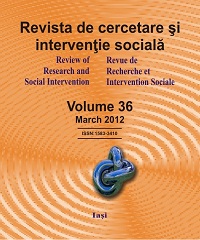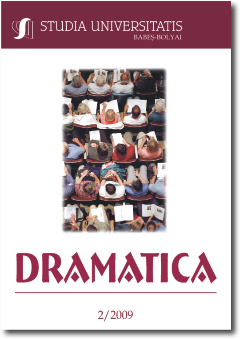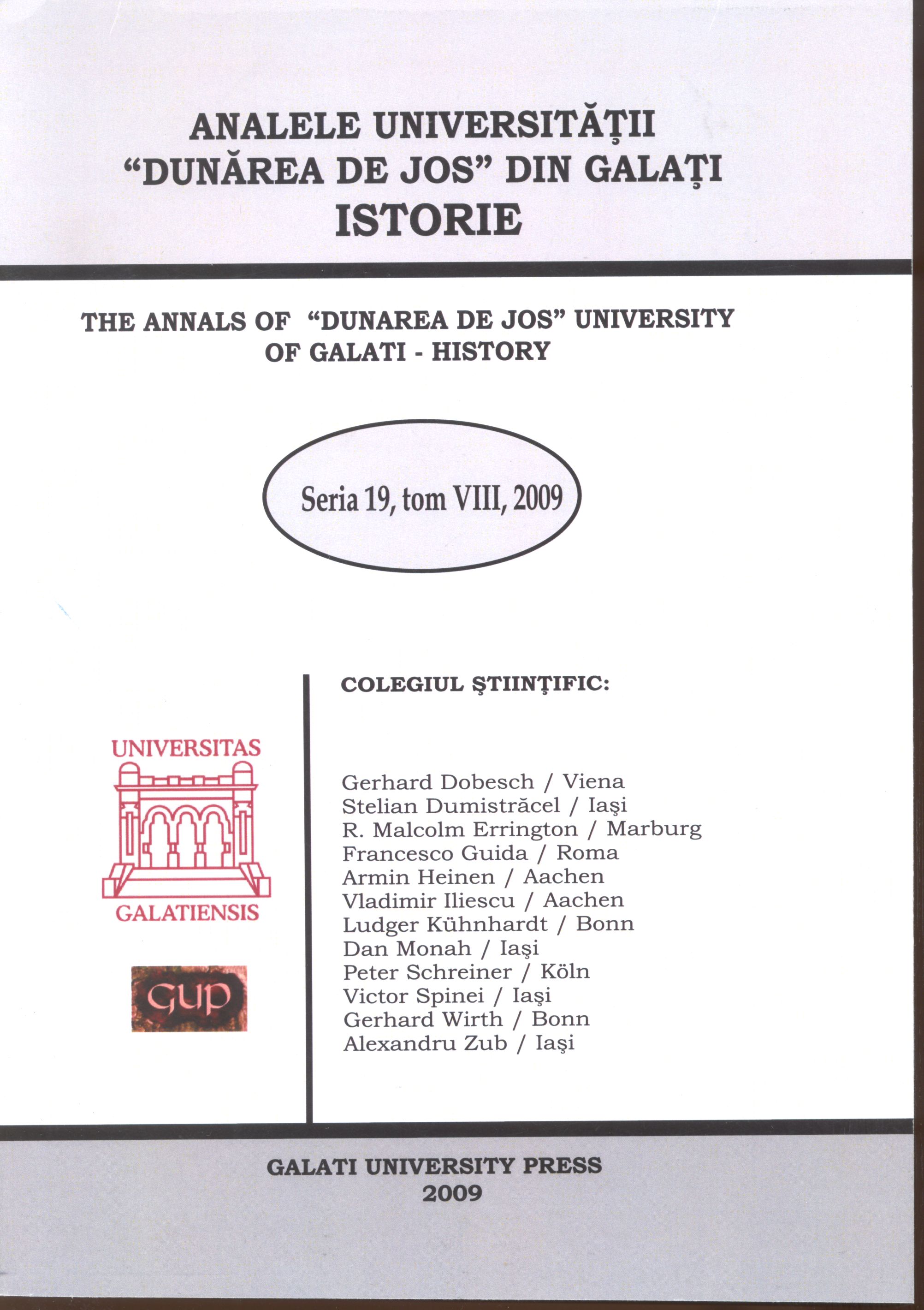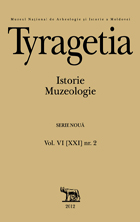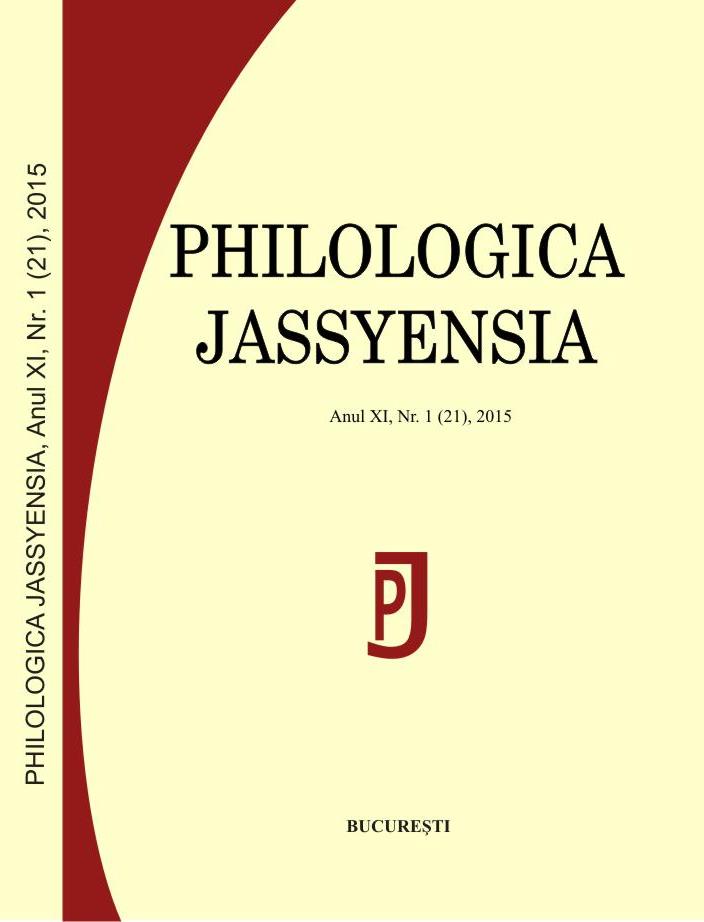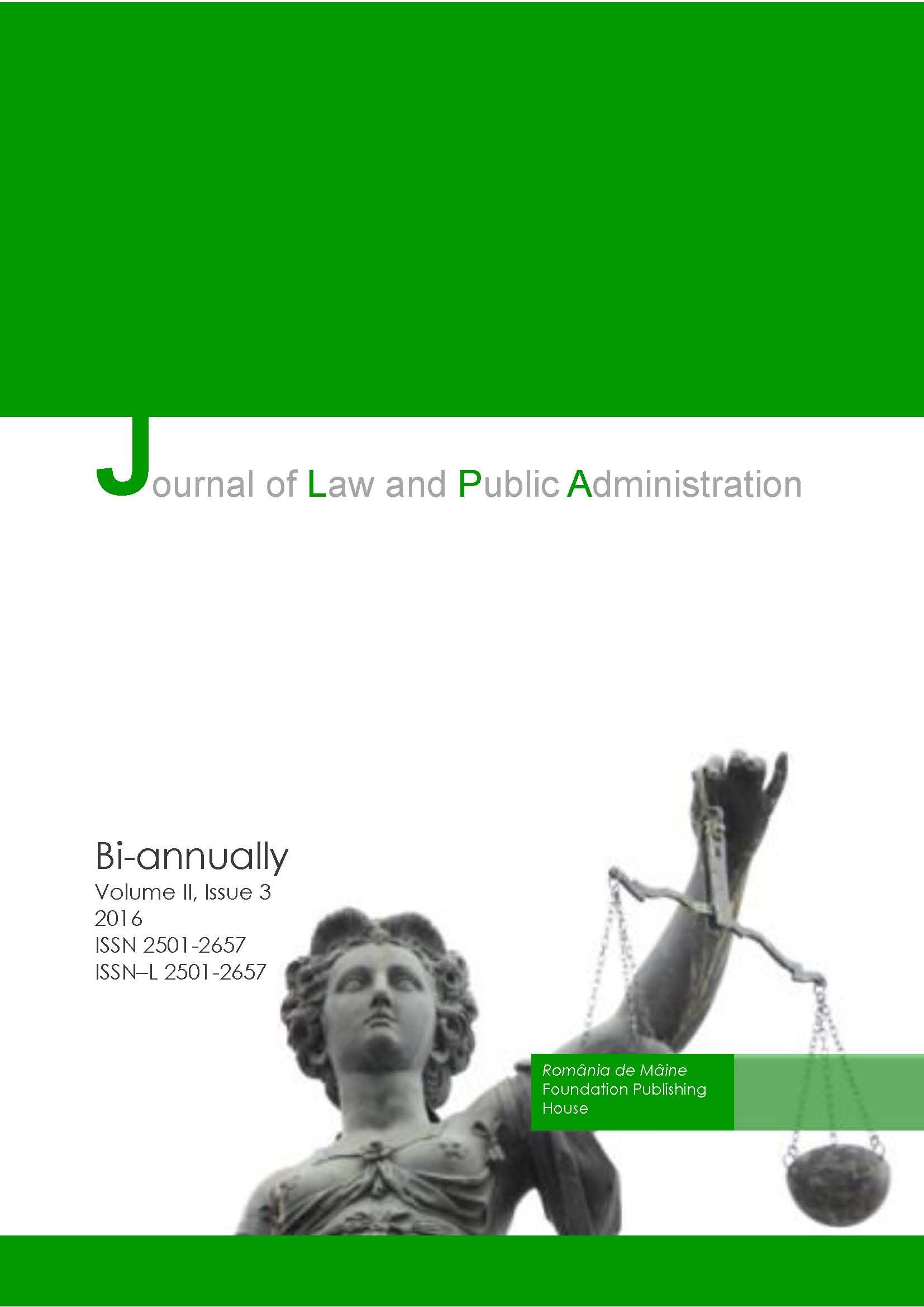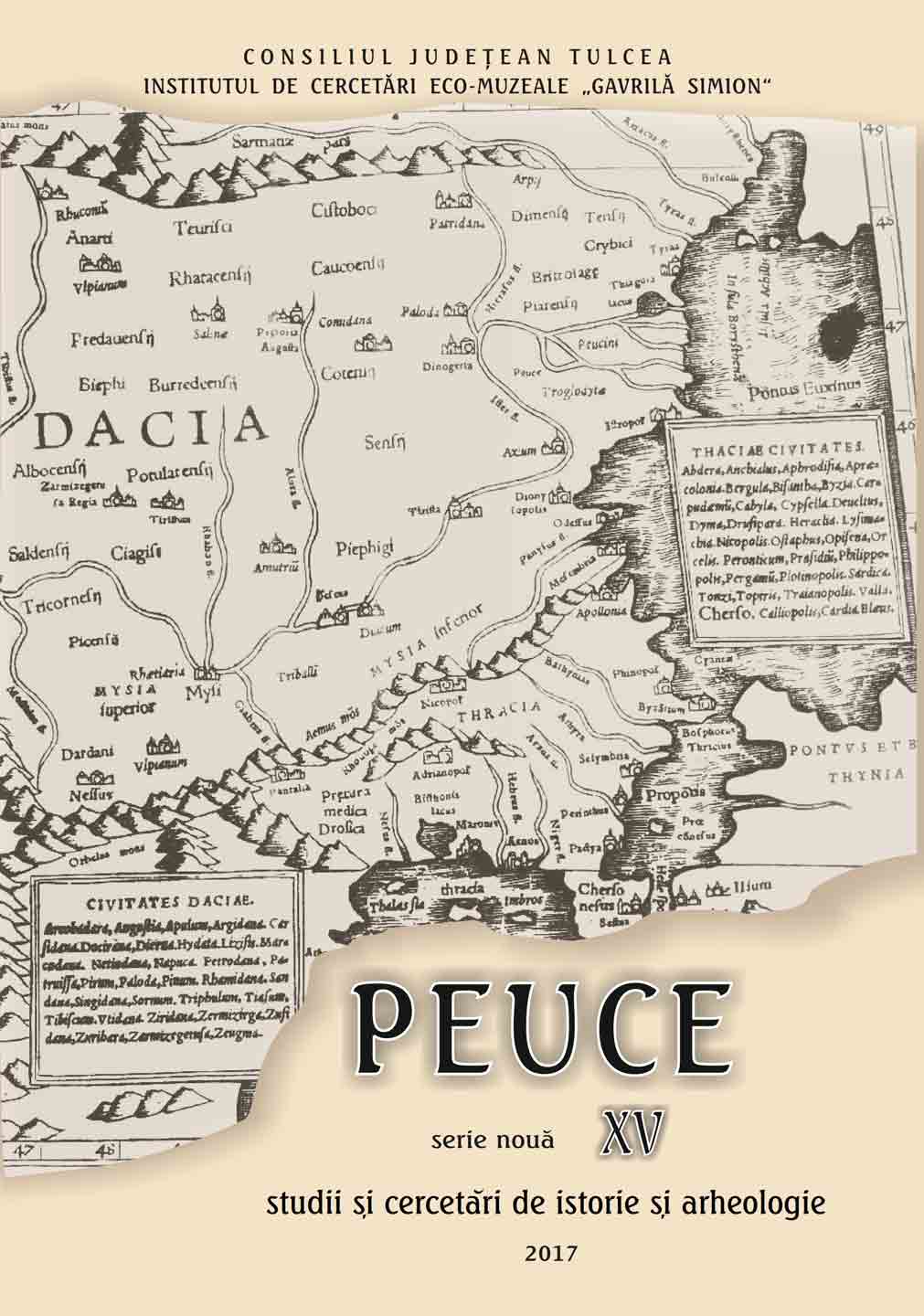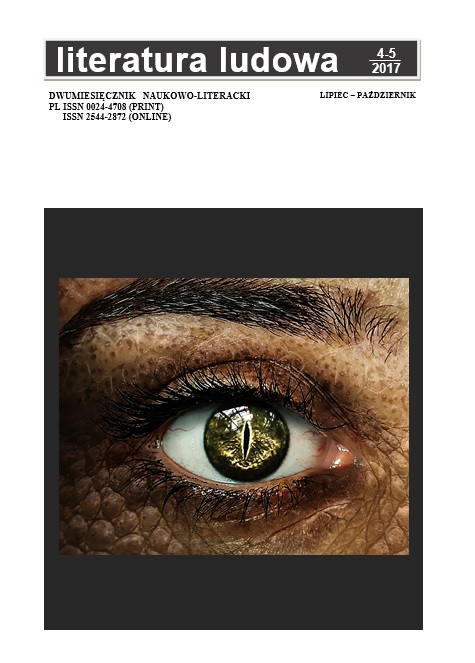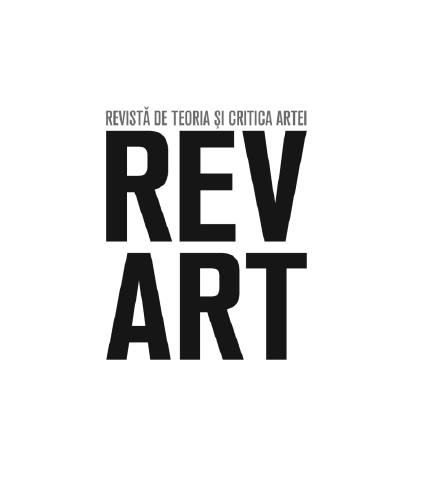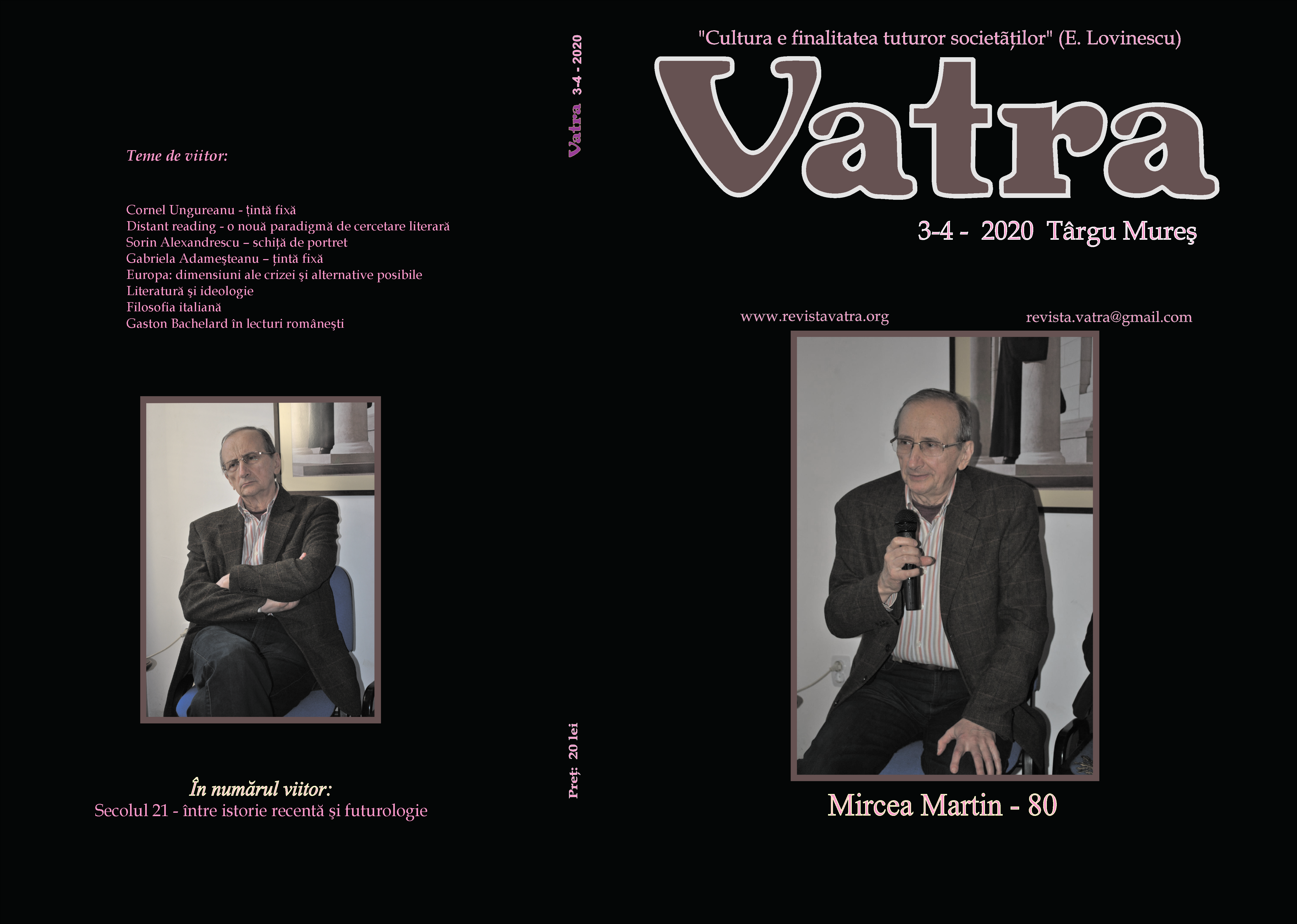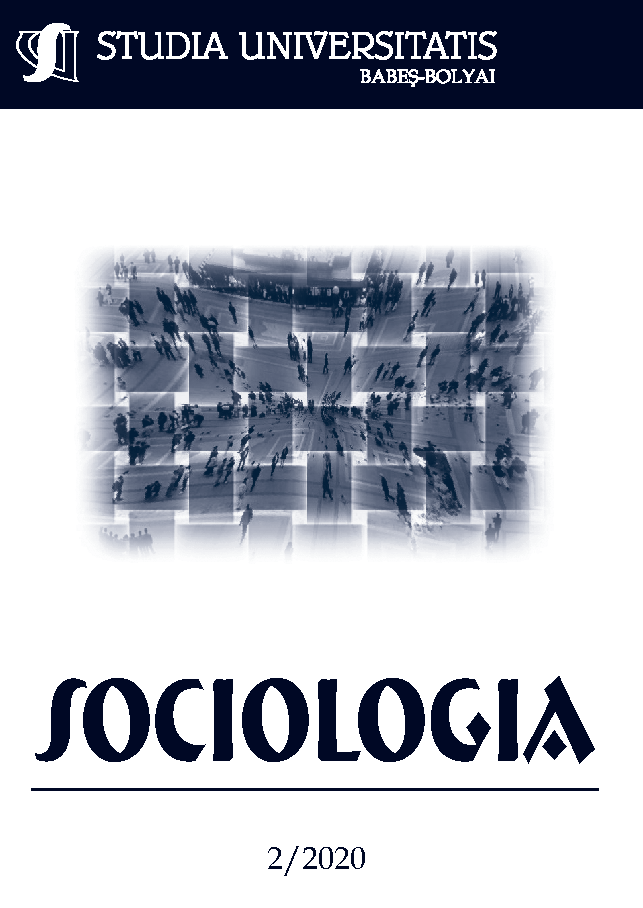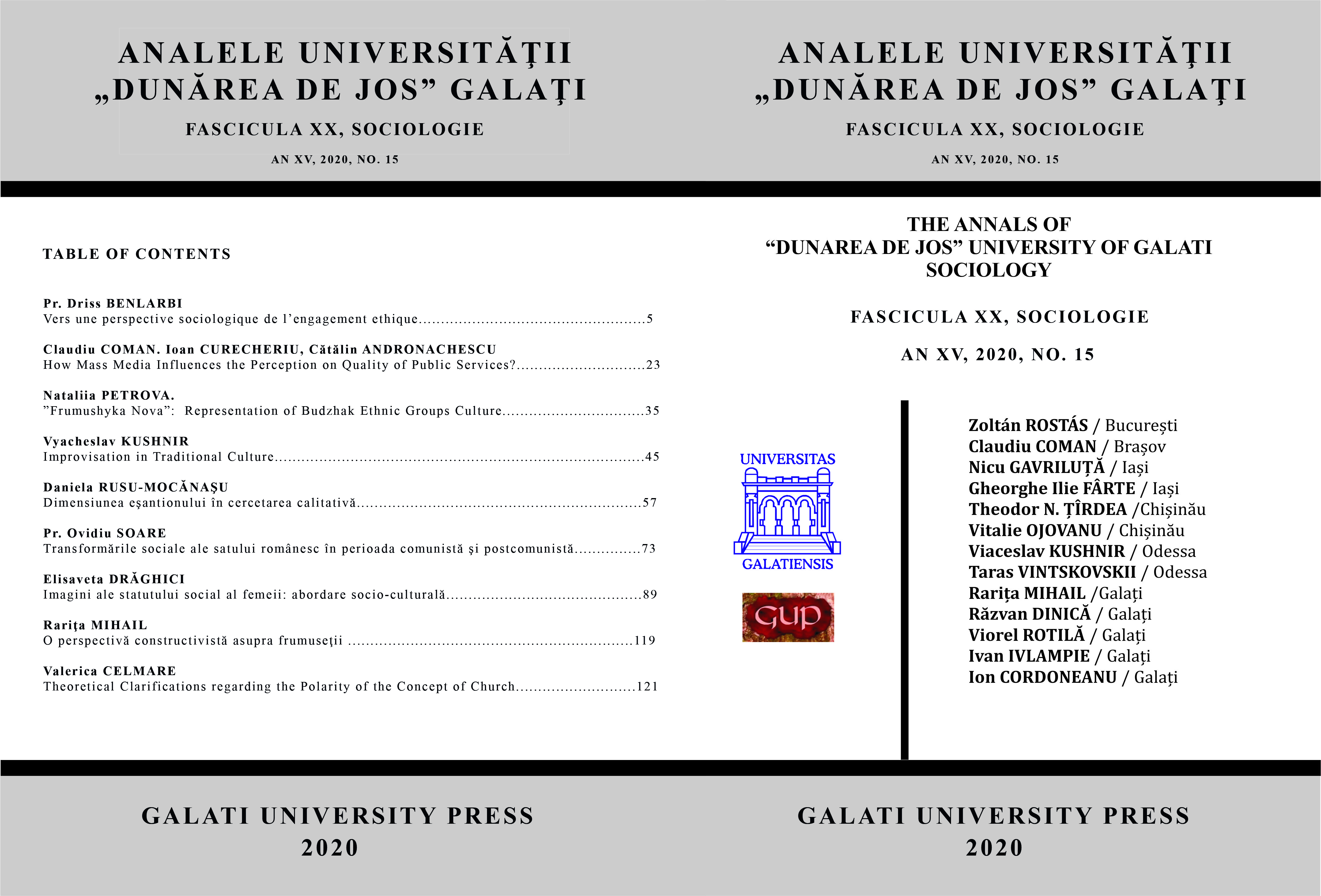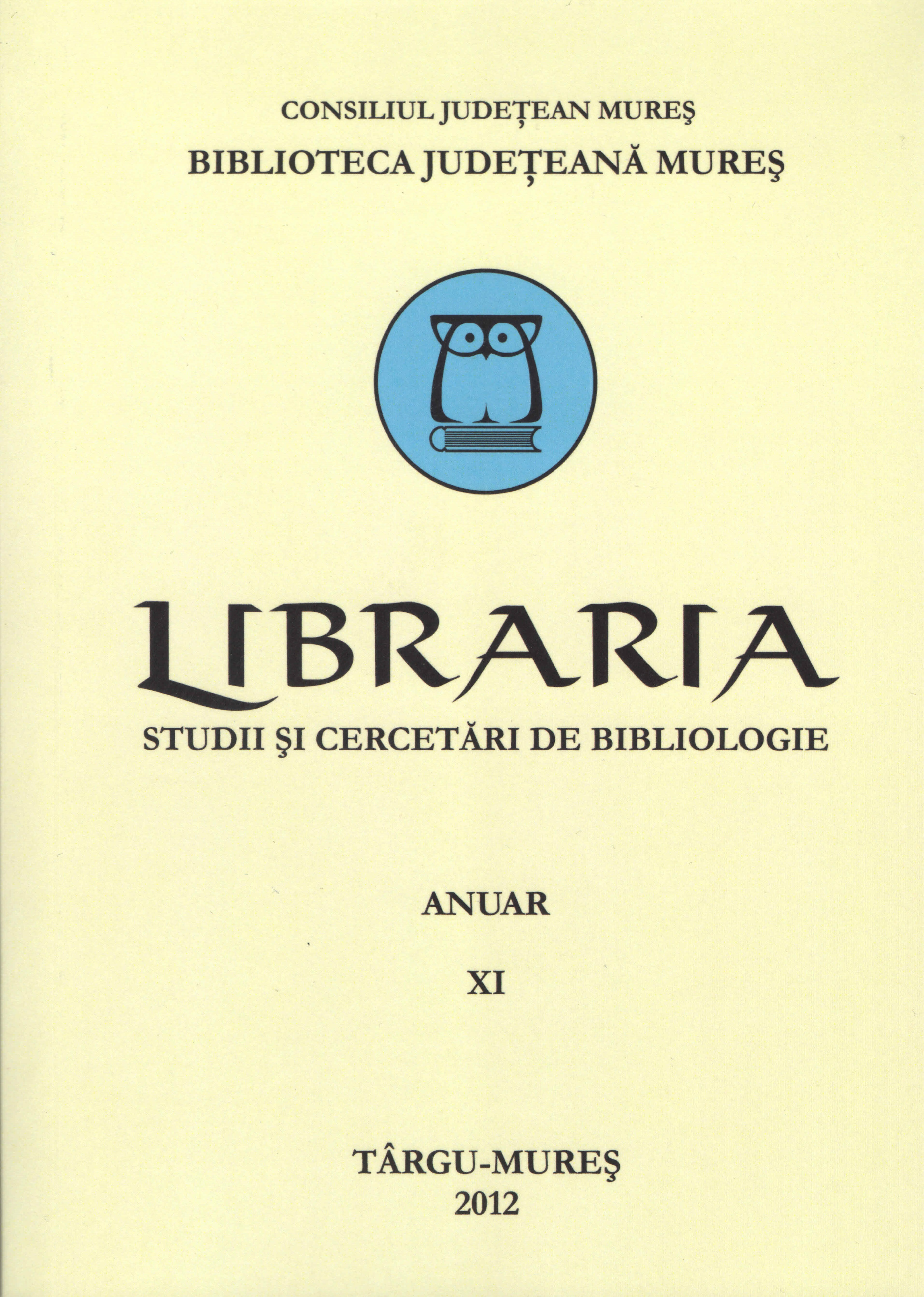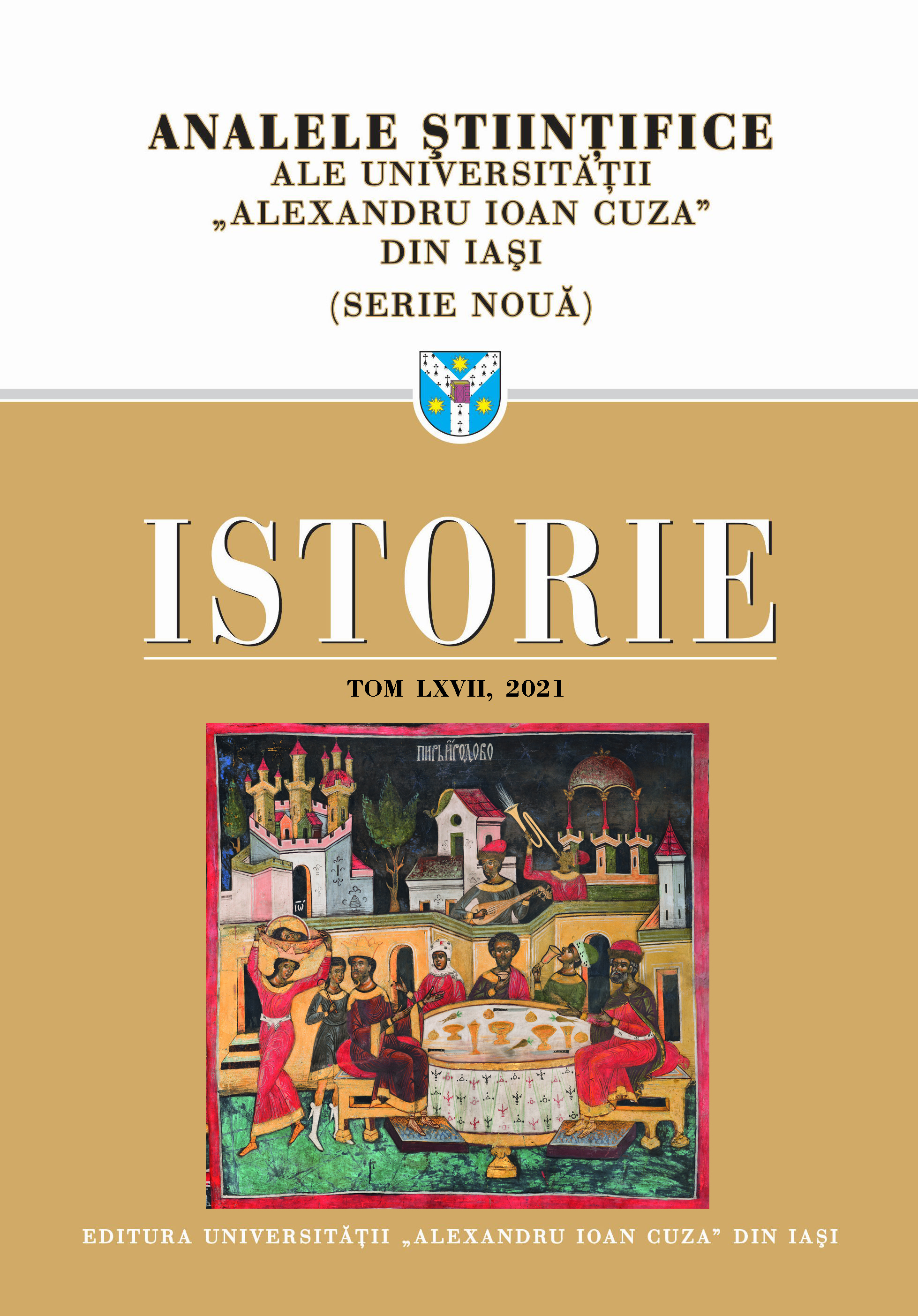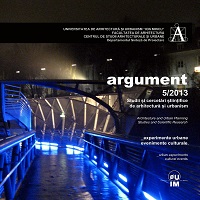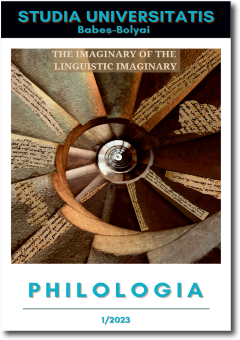ABOUT THE ANALYSES OF GOLDEN ARTIFACTS FROM JEWELLERY WORKSHOP AT CHEILE TURZII /PEŞTERA CAPRELOR-PEŞTERA UNGUREASCĂ
DESPRE ANALIZELE PIESELOR DE AUR DIN ATELIERUL DE BIJUTERII DE LA CHEILE TURZII – PEŞTERA CAPRELOR / PEŞTERA UNGUREASCĂ
Keywords: aur; Cheile Turzii; atelier; bijuterie; analize; Bodrogkeresztúr; Transilvania
In this study we present new golden pieces discovered in Peştera Caprelor / Peştera Ungurească at Cheile Turzii. The short history of the cave investigation was related with the new excavations, when a workshop for jewellery was discovered: here golden artifacts, as well as other made by different raw material have been found. Most of the golden pieces represent beads, as well as small thin golden foils and plates (table 14). Investigating through microscope the golden artifacts, we can observe some details related with their processing (fig.: hammering, welding, finishing, piercing of the foils or cuttings resulted from processing. Small mammals’ bones were maybe used for intensifying the fire and play a role in the welding of the beads. New analyses made by B. Constantinescu give information concerning the chemical composition of the golden artifacts from Peştera Caprelor / Peştera Ungurească. These date have been introduced in our data base that contains several information related with other prehistoric artifacts and native gold from prehistoric Europe. Due to laboratory equipment for the moment, analyses have revealed only four elements, Au, Ag, Cu, Fe. Through seriation and classifications with other data we have obtained several clusters (tables 15-17), revealing several groups. Our study represents just a first step in the analyzing and interpretation of the golden artifacts discovered in the mentioned workshop at Cheile Turzii that represents the first workshop with such a purpose, gold processing in Europe. This should not surprise us, Transylvania is known as rich in gold, until 20 century is mentioned numerous golden pannings on Hăşdate River that crosses Cheile Turzii gorge. New analysis for gold artifacts, mine gold or nuggets is very important for investigating the gold characteristics and their geological sources.
More...
